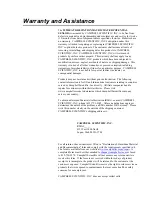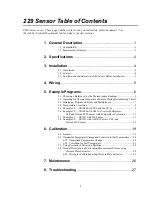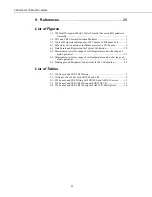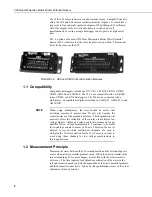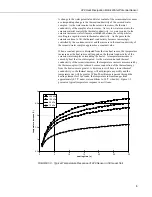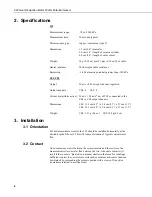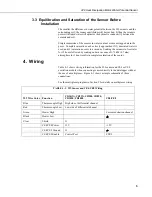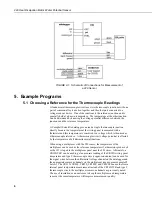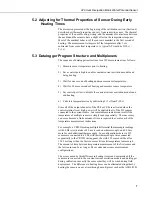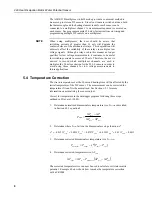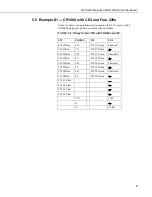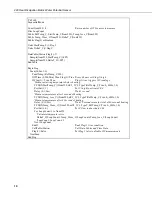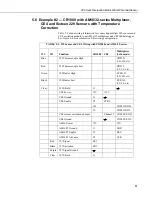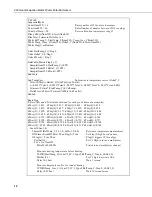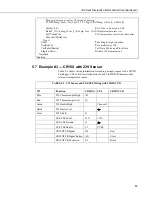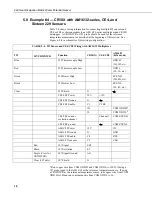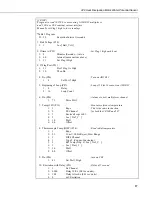
229 Heat Dissipation Matric Water Potential Sensor
Use of the 229 sensor requires a constant current source. Campbell Scientific
offers the CE4 and CE8 current excitation modules (Figure 1-2), which have
respectively four and eight regulated outputs of 50 milliamp ±0.25 milliamp.
All of the outputs of the excitation module are switched on or off
simultaneously by setting a single datalogger control port to its high or low
state.
The –L option on the model 229 Heat Dissipation Matric Water Potential
Sensor (229-L) indicates that the cable length is user specified. This manual
refers to the sensor as the 229.
FIGURE 1-2. CE4 and CE8 Current Excitation Modules
1.1 Compatibility
Compatible dataloggers include our 21X, CR7, CR10(X), CR23X, CR800,
CR850, CR1000, and CR3000. The 229 is not compatible with our CR200-
series, CR500, or CR510 dataloggers. The 229 can be connected with a
multiplexer. Compatible multiplexers include our AM16/32, AM16/32A, and
AM16/32B.
When using multiplexers, the user should be aware that
switching currents of greater than 30 mA will degrade the
contact surfaces of the mechanical relays. This degradation will
adversely affect the suitability of these relays to multiplex low
voltage signals. Although a relay used in this manner no longer
qualifies for low voltage measurements, it continues to be useful
for switching currents in excess of 30 mA. Therefore, the user is
advised to record which multiplexer channels are used to
multiplex the 50 mA excitation for the 229-L sensors in order to
avoid using those channels for low voltage measurements in
future applications.
NOTE
1.2 Measurement Principle
Movement of water between the 229 ceramic matrix and the surrounding soil
occurs when a water potential gradient exists. When the water potential of the
soil surrounding a 229 sensor changes, a water flux with the ceramic matrix
will occur. The time required for hydraulic equilibration of the water in the
soil and ceramic depends on both the magnitude of the water potential gradient
and the hydraulic conductivity. Typically this equilibration time is on the order
of minutes or tens of minutes.
2
Содержание 229
Страница 33: ......


